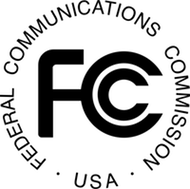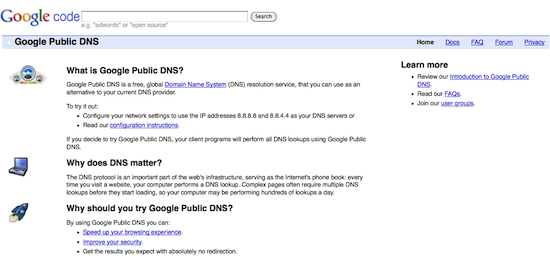 After burning off my holiday calories shoveling out of Snowmageddon 2010, I was ready to settle down with a good book and a flagon of mulled cider. Perhaps I was still looking for more Sisyphean exercises, so instead of Harry Potter, I reached for my MacBook and downloaded the FCC’s complete Report and Order in the Matter of Preserving the Open Internet, otherwise known as the Net Neutrality rules.
After burning off my holiday calories shoveling out of Snowmageddon 2010, I was ready to settle down with a good book and a flagon of mulled cider. Perhaps I was still looking for more Sisyphean exercises, so instead of Harry Potter, I reached for my MacBook and downloaded the FCC’s complete Report and Order in the Matter of Preserving the Open Internet, otherwise known as the Net Neutrality rules.
Published on Friday, this 87-page document, excluding appendices and the commissioners’ separate statements, contains over 400 footnotes. A lot of work was expended, so kudos to the FCC’s paper-meisters.
Spoiler alert: the good part starts at Section IV ( paragraph 115, page 62), “The Commission’s Authority to Adopt Open Internet Rules.”
I am all for the Report’s net neutrality rules for transparency, no blocking, and no unreasonable discrimination. But after reviewing the FCC arguments in section IV, along with the usual relevant cases, I don’t think this dog will hunt.Continue reading



 Let the games begin and ex parte filings flow! The FCC formally opened its proceedings yesterday on the classification of broadband Internet. The agency released a 64 page, footnote-chocked Notice of Inquiry, Framework for Broadband Internet Service, to set this round in motion.
Let the games begin and ex parte filings flow! The FCC formally opened its proceedings yesterday on the classification of broadband Internet. The agency released a 64 page, footnote-chocked Notice of Inquiry, Framework for Broadband Internet Service, to set this round in motion.